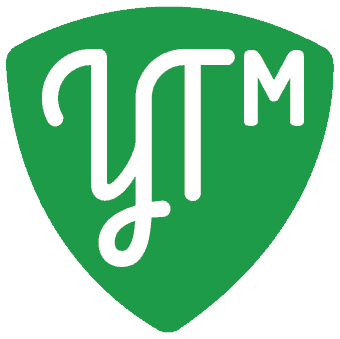In the fast-paced, information-rich world we live in, traditional learning methods are evolving to meet new challenges. College students, often managing a delicate balance between academics, jobs, and personal lives, are increasingly finding solace in microlearning. This educational approach, which breaks information into small, manageable segments, is transforming the way learning is consumed and retained. Let’s delve into the essence of microlearning and its growing impact on the collegiate landscape.
Understanding Microlearning
Microlearning is an instructional design strategy that focuses on delivering content in small, specific bursts. These learning units are usually short (ranging from a few seconds to ten minutes) and are designed to achieve a particular learning objective. Whether it’s a brief video, a concise article, an infographic, or a quick quiz, microlearning caters to the immediate learning needs of the student.
Why Microlearning Appeals to College Students
Digital Integration
Raised in a digital age, college students are accustomed to consuming information through screens. Microlearning leverages this by using familiar digital formats, seamlessly integrating learning into the daily digital consumption of students.
Flexible Learning
The hectic lifestyle of college students, filled with academic responsibilities and part-time work, demands flexible learning solutions. Microlearning’s anytime, anywhere model fits perfectly into their dynamic schedules, allowing learning to happen in moments otherwise lost, like commutes or between classes.

Boosting Retention and Engagement
Significant research points to the effectiveness of microlearning in enhancing information retention. For instance, the Research Institute of America reports that microlearning can improve retention rates by up to 80%. The concise nature of microlearning helps prevent cognitive overload, fostering better engagement and understanding.
Addressing Short Attention Spans
With attention spans dwindling (a Microsoft study indicates a drop from 12 seconds in 2000 to 8 seconds), microlearning is an ideal fit. Its short-duration content is perfectly suited to the current attention spans of learners, making it an efficient way to consume and retain information.
Microlearning’s Role in College Education
Complementing Traditional Learning
Microlearning doesn’t aim to replace traditional educational methods but rather to enhance them. A lecture, for instance, can be supplemented with microlearning modules to reinforce key concepts, creating a more robust learning experience.
Personalized Learning Experience
Microlearning can be customized to suit different learning styles and needs. Advanced technologies like AI can adapt the content based on a student’s performance, providing a more personalized learning journey.
Encouraging Collaboration
Many microlearning platforms incorporate social elements like discussion forums, enabling collaboration and peer-to-peer learning. This not only enhances the learning experience but also builds a sense of community among students.

Integrated Assessment
Microlearning often includes continuous assessment mechanisms, like quizzes and interactive activities, offering instant feedback. This helps students track their progress and identify areas for improvement.
The Prospective Future of Microlearning in Higher Education
As we look toward the future, the role of microlearning in higher education is not just promising; it’s poised for revolutionary growth and innovation. This transformation will be driven by technological advancements, changing student demographics, and a shift in educational paradigms. Let’s explore how microlearning is expected to evolve and shape the future of higher education.
Technological Innovations:
- Augmented Reality (AR) and Virtual Reality (VR): These immersive technologies are set to take microlearning to new heights. Imagine a biology student exploring the human body through a VR simulation or an engineering student understanding complex machinery through AR overlays. These technologies can transform abstract concepts into tangible experiences, making learning deeply engaging and effective.
- Artificial Intelligence (AI) and Machine Learning: AI-driven microlearning platforms can provide personalized learning experiences at an unprecedented scale. By analyzing student performance data, these platforms can adapt in real-time, offering content that targets individual weaknesses and strengths. This level of personalization ensures that each student can learn at their own pace and style, optimizing their learning outcomes.
- Internet of Things (IoT): IoT devices can integrate microlearning into everyday objects and environments. For example, a student studying environmental science might receive bite-sized lessons on climate change when they interact with certain IoT-enabled devices or locations, effectively blending education with the physical world.
Microlearning is more than a fleeting educational trend; it represents a strategic adaptation to the evolving demands of learners. For college students, who must navigate the multifaceted challenges of academic and personal life, microlearning provides a powerful and practical approach to absorbing knowledge. It ensures that learning is not just achievable but also enjoyable, transforming it into small, digestible bites that fit naturally into the rhythm of their everyday lives.
Support us!
All your donations will be used to pay the magazine’s journalists and to support the ongoing costs of maintaining the site.
Share this post
Interested in co-operating with us?
We are open to co-operation from writers and businesses alike. You can reach us on our email at [email protected]/[email protected] and we will get back to you as quick as we can.










